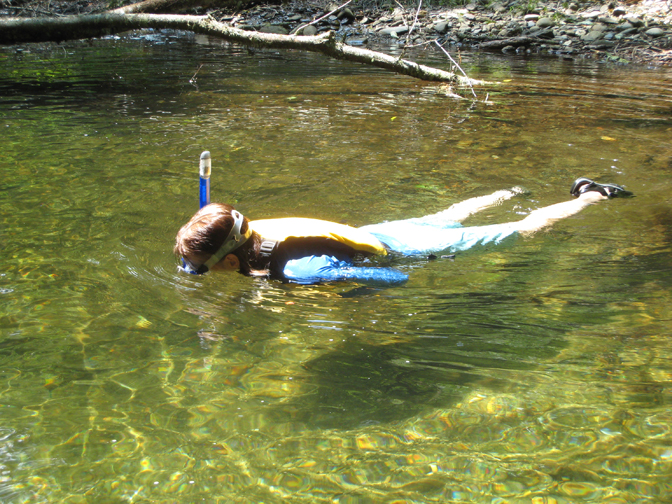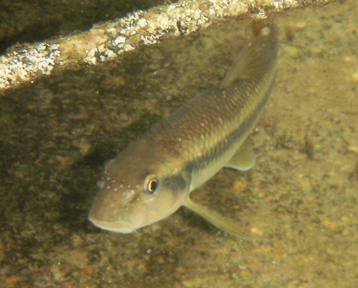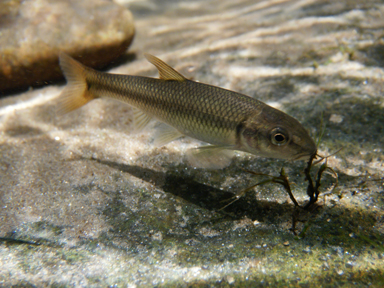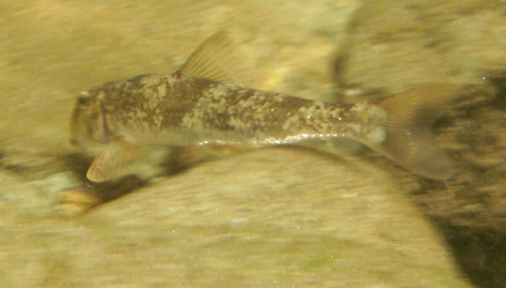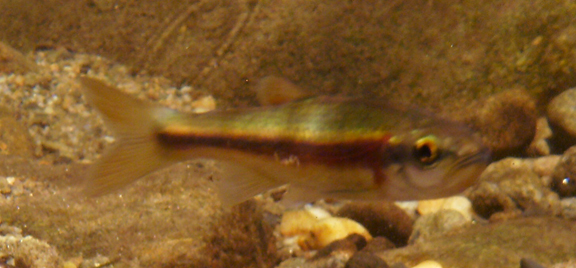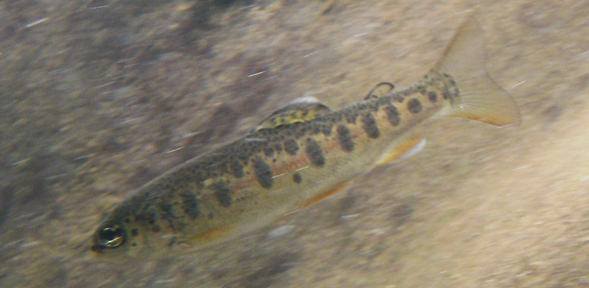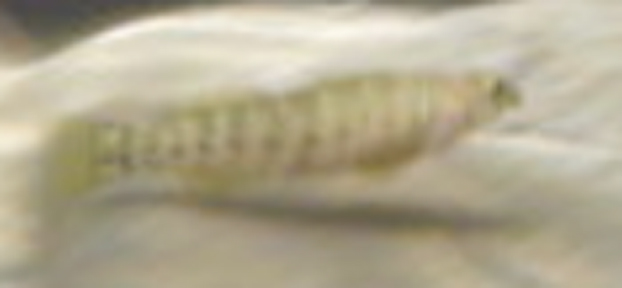E. coli, coliforms and hepatitis are very very very real problems that you need to be aware of when you're contemplating dunking your head into the waters of these great states. The best way to look at it is a reduction in risk.
As such, there are a few generalities about this...
The more concentrated the population, the higher the risk.
The more concentrated the livestock, the higher the risk.
The smaller the stream, the greater the risk because the dilution is least (or it could be viewed as the contribution from a source occupies a higher percentage of the discharge).
The more close to a storm pulse, the greater the risk.
In one stream where we did a lot of work with mussels in Ohio, we found that a small municipalities' sewage discharge actually DILUTE the total fecal coliforms. We also found that the area with the lowest human population had a ridiculous amount of coliforms (9000 Coliform Forming Units) and the area where we were super careful due to a profusion of combined sewer overflows was closer to the recommended contact level (200 - 400 CFU) apart from storm pulses because the area has incredibly high flushing potential being a downstream reach.
After this awakening, we've been quite careful to investigate stream by the REACH, if we plan to put our heads into it and you can do a fair amount of investigation on any state's EPA websites to look for general trends in harmful bacteria. What you're looking for are their TMDL results for a particular stream.
Some tell-tale signs of trouble are continuous, thick orange/brown biofilms on rocks, such as you see here:
http://www.farmertod...r_Darter_03.htm
This was in the Conasauga River, in which the upstream portions are immaculate. Once hitting the valley floor, it gets crapped up quick, presumably by cows, but I'm not sure thick alluvium like that is really an acceptable place to dump human poop either (which we hypothesize is the problem in the mussel stream I mentioned). I would NOT stick my head in this water after an intermediate pulse especially, no matter if amber darter were involved or not

You're asking for an ear infection at a minimum, and I used swim drops extensively after this swim (which was in Nov at lowest flows).
If you catch a whiff of a smell that's unsavory, I would not stick my head in. There's a certain smell that comes from fecal nutrification, I don't know how to quantify that tho. The biofilms are usually the most quantifiable sign of issues.
That all said... You reduce risk by using streams that have naturally vegetated uplands with low densities of people. Cheoah and the Upper Little T should be fine, I would go in without any investigation. Michael and Bruce are also more used to streams that fit this bill, and so I don't think it's as on their radar as mine. In Ohio, this is a very real and big problem. There are few stream reaches that I'd put my head in without some prior research.
This might make a good article for AC with some research. If people think it's worthwhile, I think about it, although my chapters take priority

Todd


